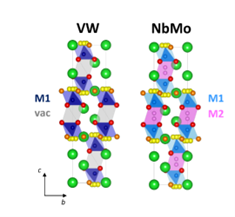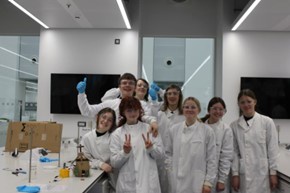Current Opportunities
Dr. Sacha Fop is recruiting a PhD student to work on the development of new proton conductors for hydrogen applications. Find the advertised post here : Novel Superprotonic Materials for Hydrogen Technologies | University of Aberdeen
Dr. Ieuan Seymour is now recruiting for a research fellow position to work on sustainable halide-based electrolytes for all-solid-state-batteries. Find the advertised post here : Advanced Research Fellow (NCS237R) | University of Aberdeen
Aberdeen is at the forefront of the energy transition to net zero and its non-fossil energy sector has grown significantly in recent years. To build from this, the Department of Chemistry has created a new research centre, the Advanced Centre for Energy and Sustainability (ACES). The Department of Chemistry now has a critical mass of energy researchers. These researchers aim to establish innovative solutions for next generation energy applications such as hydrogen fuel cells, electrolysers, redox-flow batteries, commercial and next-generation rechargeable batteries, photovoltaics and catalysts. We want to support these researchers and foster collaboration with researchers throughout the University and with industry.
The Advanced Centre for Energy and Sustainability (ACES) is a conduit to bring energy researchers together, facilitate collaborative research grants and produce high-quality outputs (papers and research impact). ACES provides a focus for interdisciplinary research efforts with colleagues from other parts of the University, from engineering and computer science to economics and politics, as well as for engagement with industry, the public and other key stakeholders. ACES is aligned with the University of Aberdeen's Centre for Energy Transition (CET) to take advantage of further interdisciplinary collaborative opportunities.
Our Research
- Alan McCue - research in catalysis and porous materials
- Abbie McLaughlin - Research in Solid Oxide Fuel cells
- Dr. Sacha Fop - Research into Hydrogen technologies
- Professor Angel Cuesta - Research in Electrochemistry
- Dr. Sunita Dey - Research into next generation and post Lithium battery materials
- Dr. Ieuan Seymour - Experimental and computational research into next generation rechargeable batteries
- Dr. Quinn Gibson - New layered materials for energy applications
- Dr. Scott Doyle - Interdisciplinary Fellow







